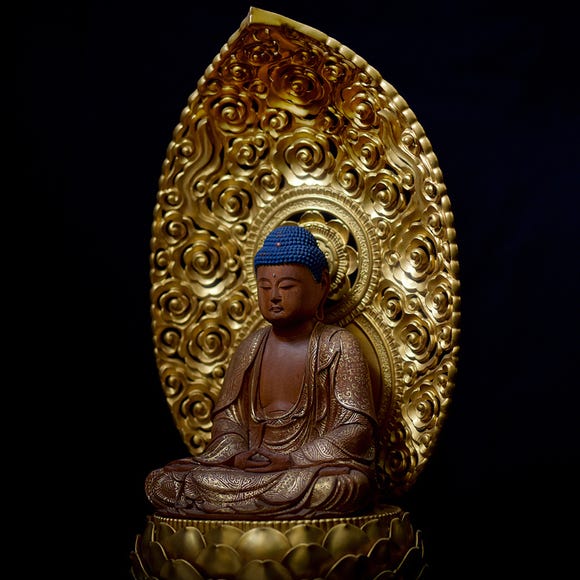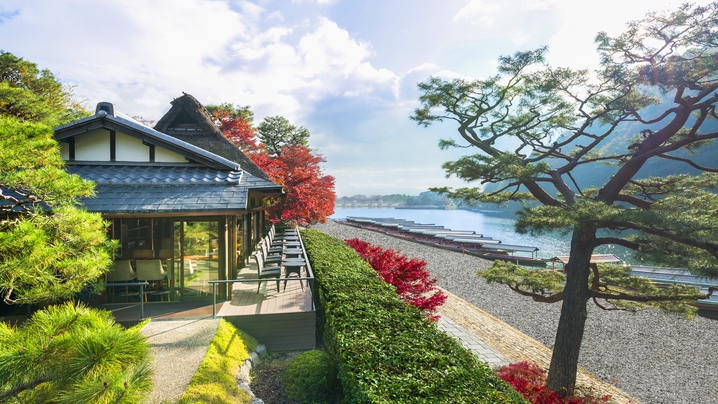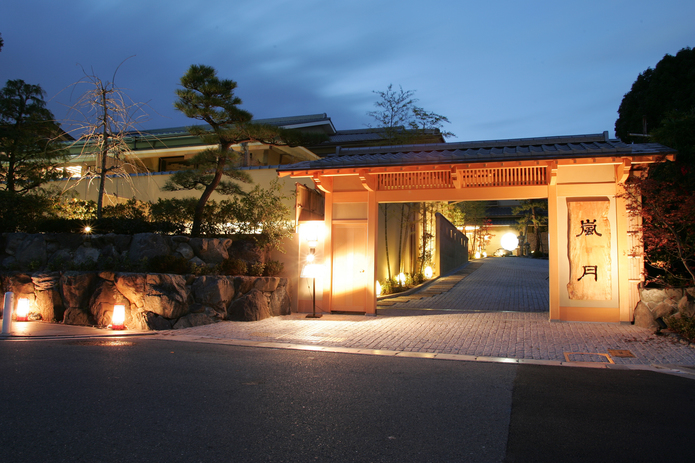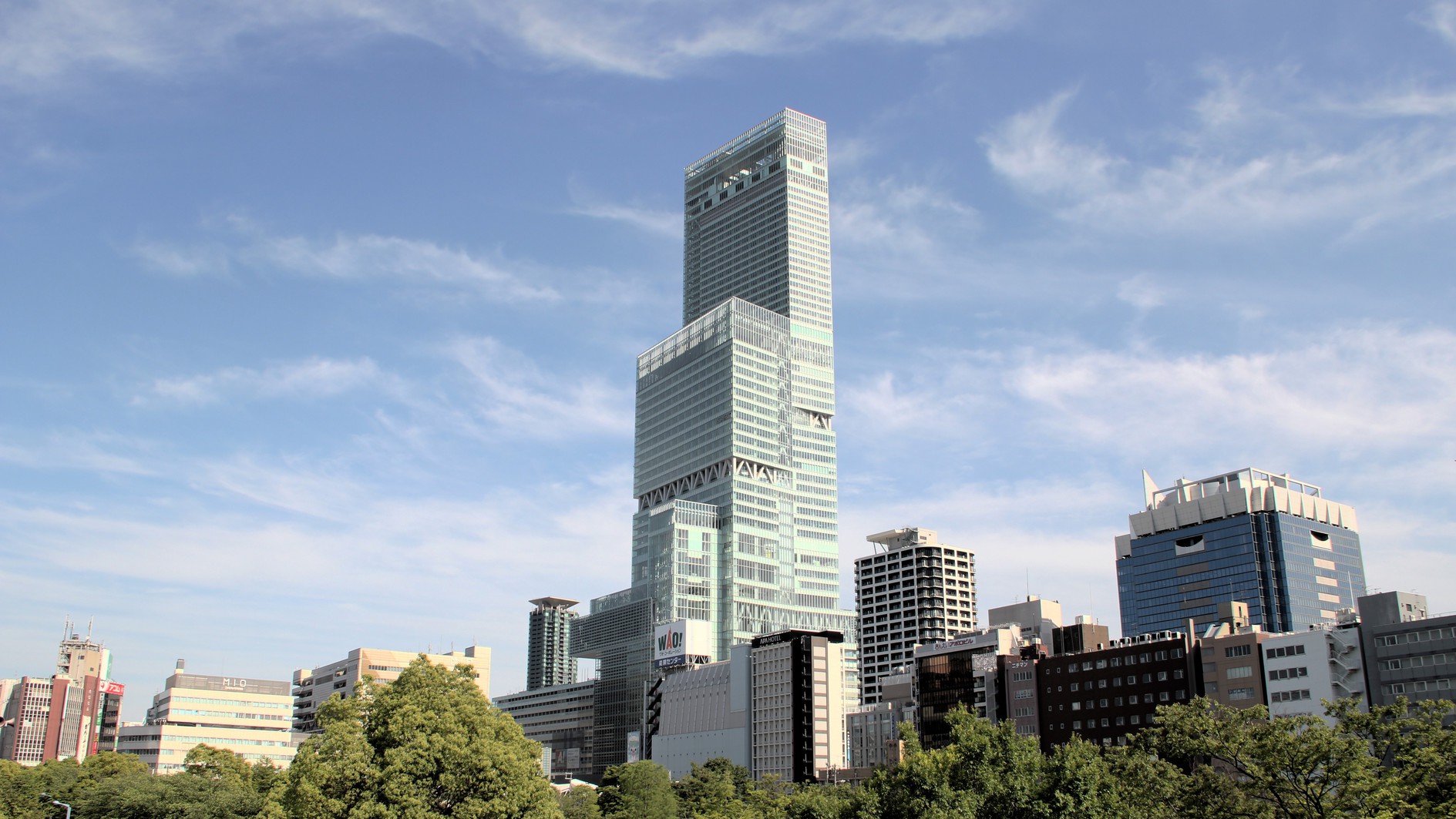
Japanese festivals are held year-round, with the Gion Festival, Tenjin Matsuri, and Kanda Festival in Kyoto, Osaka, and Tokyo, respectively, being the three most notable.
At Japanese festivals, you'll find yatai - small food stalls that serve up a variety of tasty street food! In fact, “yatai gourmet” is an essential part of festival culture. Venues are lined with vendors offering a vast array of snacks, from traditional Japanese festival foods like takoyaki and yakisoba to fun sweets like chocolate bananas.
The combination of delicious street food and traditional celebrations creates a unique cultural experience found only at Japanese festivals!
We reached out to the Kansai Catering Association, renowned for supplying yatai food stalls to numerous festivals and events, to uncover the rich history behind these iconic festival stalls.
(Image: PIXTA)
- Table of Contents
-
- Why are there yatai food stalls at Japanese festivals? Their origin and history
- 9 street foods found at Japanese festivals
- Does it look good on social media? Two trendy street foods
- There are also street foods with different names depending on the region and festival!
- Enjoy some festival food during your next visit to Japan!
Why are there yatai food stalls at Japanese festivals? Their origin and history

Since ancient times, the Japanese have believed that everything in the universe has an associated deity, earning them the name "the people of eight million gods." Festivals across the country celebrate this belief, expressing gratitude to nature and the gods—a tradition that continues today.
Japanese food stalls, or yatai, first appeared in 1715 as small vending stands on roads and in public spaces to feed carpenters and other craftsmen. Modern yatai trace their origins to post-World War II black markets in urban centers, where daily necessities and groceries were sold illegally at high prices.
Today, yatai operate under strict standards, with temporary permits issued for traditional festivals and regional events. It's said that the gods love lively places, so the more food stalls and attractions at a festival, the more people will attend.
These stalls have also become popular with non-Japanese residents and tourists, offering a unique taste of Japanese culture and cuisine.
9 street foods found at Japanese festivals

The sheer number and variety of festival stalls can be surprising, with many events offering unique foods that enhance the festive atmosphere. Let's dive into some delicious must-try standards that will surely delight your taste buds.
1. Takoyaki: Very popular for its texture

Takoyaki is a delightful treat made by mixing spices, green onions, and diced octopus into a flour dough, then grilling it into bite-sized balls, typically 3 to 5 cm in diameter. These savory balls are packed in plastic folding lid trays and served with a toothpick.

Originating in Osaka, takoyaki is a festival favorite due to its easy-to-eat and shareable nature. In recent years, it has also become a hit among non-Japanese festival-goers. However, be cautious when eating fresh takoyaki, as it can be very hot and might burn your tongue.
2. Yakisoba: The perfect serving size with an irresistible aroma

Yakisoba is a delicious dish made of stir-fried noodles, meat (usually pork), and vegetables, all seasoned with a Worcestershire-based yakisoba sauce. Food stall chefs skillfully prepare yakisoba on huge iron grills, drawing in crowds with the irresistible aroma of the sauce.

Yakisoba is always served in generous portions, and the ingredients can vary by stall. Some noodles are seasoned with salt instead of sauce, allowing you to choose the flavor that suits your taste.
3. Chocolate banana: Popular for its colorful appearance

Of course, Japanese street food offers a wide variety of sweets, but one staple is the chocolate banana. This delightful dessert features a banana generously coated in chocolate and decorated with colorful sprinkles.

Not only is it delicious, but it's also an easy treat to enjoy while strolling around the festival, adding to its widespread appeal.
4. Kakigori: A Japanese summer tradition

Kakigori, an iconic Japanese cold sweet, is so popular that it even has specialty shops dedicated to it. The kakigori served at festival stalls uses naturally produced ice and continually evolves with new syrup flavors devised by vendors. In addition to classic fruit flavors like strawberry and melon, there are uniquely Japanese flavors like matcha green tea. Kakigori is another perfect treat to enjoy while you walk around the festival.
5. Chicken karaage: Fresh, crispy, and great with beer!

Chicken Karaage is a festival favorite. While it's often enjoyed at home, food stall karaage is topped with bold seasonings, salty sauce, or pepper for an extra kick.
Festivals often include a ceremony to offer sake to the gods, and since many people enjoy sake, the seasonings are designed to pair well with it. Skewered fried chicken is typically served in paper cups for easy eating while walking, with the taste and style of karaage varying by region and stall.
6. Candy apple: Addictively sweet and sour

Candy apples are a traditional festival treat made by coating apples in syrup or candy glaze and putting them on sticks for easy holding. This confection perfectly balances the sweetness of the candy or syrup with the refreshing flavor and texture of the apples.

Their vibrant look and color make them especially popular with children. Besides apples, you'll find variations made with strawberries, apricots, and grapes, offering a delightful twist on this classic treat.
7. Cotton candy: Fluffy in texture and appearance

Cloud-like, melt-in-your-mouth cotton candy is another typical festival food and, in Japan, is usually white or light pink. It’s made by melting sugar into thin threads which are swirled into a sweet, cottony mass.

Recently, cotton candy has evolved in taste and appearance, with rainbow-colored and artificially shiny varieties appearing at festivals.
8. Baby castella: Just a hint of sweetness

Baby castella, resembling mini pancakes in flavor, is a beloved snack at festivals and tourist destinations like Tokyo and Asakusa. These fluffy, bite-sized cakes are made from a batter of honey, sugar, and flour, giving them a delightful sweetness. Their convenient size makes them an easy and shareable treat while strolling through bustling streets or enjoying a festival.

What sets baby castella apart is its playful presentation. Using special molds, vendors often shape them into popular anime characters, adding a whimsical touch that delights both children and adults. This fun and tasty snack not only satisfies sweet cravings but also brings a bit of Japanese pop culture to your festival experience.
9. Grilled corn: A fragrant aroma

Because corn is in season, grilled corn stalls are frequently found at summer festivals. Juicy corn is salted and seasoned with soy sauce, giving it a pleasing aroma and a sweet, salty flavor. Festival-goers walking and eating hot ears of corn is a common sight.
Does it look good on social media? Two trendy street foods

Thus far, we’ve presented standard festival foods. But other unique and trendy foods embody the ever-evolving food stall culture. Many items have a particular appearance, from “Italian Spa-Bo” to glowing drinks you’d expect to see in a moderately fashionable bar.
1. Italian Spa-Bo: Fried pasta that's popular for its moderate saltiness and crisp texture

“Italian Spa-Bo” (fried pasta) consists of long, crunchy spaghetti noodles that have been fried and seasoned. Seen at festival stalls around the country, they’re easy to eat while walking and their salty taste goes perfectly with alcohol.
2. Light Bulb Soda: Shiny light bulbs make an impact

“Light Bulb Soda” refers to colorful drinks served in light bulb-shaped containers. Originating in South Korea and now sold at yatai food stalls, their eye-catching appearance has made them very popular with young Japanese people. Even after finishing the drink, the container is fun to decorate and use for holding other things, which is a great way to avoid needless waste.
There are also street foods with different names depending on the region and festival!
There are countless festivals all over Japan, so, naturally, there are regional differences in street food. Here are some foods that, by region, are the same food with a different name, or, conversely, the same name for different foods.
1. Ikayaki: Looks and tastes completely different!


Ikayaki is a beloved street food across Japan. In the Kanto region, it’s a piece of grilled squid with a savory soy sauce aroma. The Kansai version still has squid in it, but is similar to okonomiyaki.
2. American dog? French dog? The name depends on the region

“American dogs,” which are sausages that are skewered, battered, and fried in oil (i.e., corn dogs), are sprinkled with sugar and called “French dogs” in eastern Hokkaido. In western Kansai, “hashimaki” is often served up at food stalls. This thin okonomiyaki is wrapped around chopsticks to make it easier to eat.
Enjoy some festival food during your next visit to Japan!
One of the best parts of a festival is enjoying various street foods that are typical of Japan. The standard dishes are well-prepared and new ones are added every year. The next time you’re at a Japanese festival, take your time walking around the venue and find your new favorite festival food!
Interview/supervision:
Kansai Catering Association
Text by: Efeel Co., Ltd.
*This article was originally published in August 2021. Please check official websites for the latest information.
English translation by Gabriel Wilkinson
*Prices and options mentioned are subject to change.
*Unless stated otherwise, all prices include tax.
Recommended places for you
-

Jukuseiniku-to Namamottsuarera Nikubaru Italian Nikutaria Sannomiya
Izakaya
Kobe, Sannomiya, Kitano
-

Kiyomizu-dera Temple
Temples
Gion, Kawaramachi, Kiyomizu-dera Temple
-

Kanzenkoshitsuyakinikutabehodai Gyugyu Paradise Sannomiya
Yakiniku
Kobe, Sannomiya, Kitano
-

ISHIDAYA Hanare
Yakiniku
Kobe, Sannomiya, Kitano
-
Goods

Yoshida Gennojo-Roho Kyoto Buddhist Altars
Gift Shops
Nijo Castle, Kyoto Imperial Palace
-

Kambei Sannomiyahonten
Yakiniku
Kobe, Sannomiya, Kitano
-

Hotel Universal Port: A Fun-Filled Stay Where You Can Meet the Minions (In-Depth Review)
by: Tabiningen
-

teamLab Announces New Permanent Kyoto Museum Opening in Fall 2025
-

Hyogo Prefecture Guide: Destinations, Activities, Travel Advice, Shopping & More
by: Kaori Kimura
-

Experience Hotel New Otani Osaka: Overnight Journey of Japanese Culture and Fine Dining (2-Day Itinerary)
by: Yotsuka Hizuki
-

Where to See Fireworks in Osaka & Kansai (July–October 2025)
-

Kyoto Prefecture Guide: Destinations, Activities, Travel Advice, Shopping & More
Inspiration for Accommodations
-

Spacious Family Hotel in Namba: 20 Comfortable Stays for Family Fun
-

Charming Hotels to Enjoy the Spectacular Views of Arashiyama's Autumn Leaves from Your Room
-

Experience Stunning Views of Osaka Castle from Private Spaces: Top Hotels Near Osaka Castle
-

Recommended by Visitors! Arashiyama's Best-Rated Hotels
-

Family-Friendly Universal Studios Japan Hotel with Excellent Access
-

Enjoy a Comfortable Stay in Osaka! 10 Hotels with Convenient Airport Shuttle Services
-

Top 10 Recommended Hotels Near Namba Station with Great Access
-

Enjoy Night Views from Your Room! Recommended Hotels in Namba Area
-

5 Amazing Kyoto Festivals You’ll Want to Experience During Your Next Trip
-

Todai-ji Temple: Home to the Great Buddha of Nara - And a Nose Hole That Brings You Luck!?
by: WESTPLAN
-

Complete Guide to Buying Japanese Medicine in Japan: Phrases and Vocabulary You Need to Know
-

Sightseeing Highlights: Experience the Appeal of Kyoto Geisha Culture
-

A first-time visit to Kyoto’s Gion Festival becomes a night to remember
-

Festivals in Japan: Month-by-Month Guide to Enjoy Fireworks, Dances, and Seasonal Events
- #best gourmet Osaka
- #things to do Osaka
- #what to do in kyoto
- #what to bring to japan
- #best gourmet Kyoto
- #new years in Osaka
- #what to buy in nanba
- #Visiting Osaka
- #onsen tattoo friendly arima
- #daiso
- #Visiting Kyoto
- #best japanese soft drinks
- #japanese fashion culture
- #japanese convenience store snacks
- #japanese nail trends





















